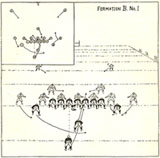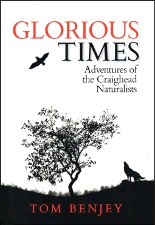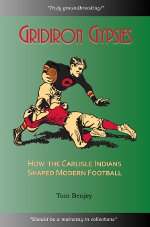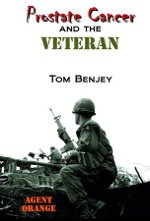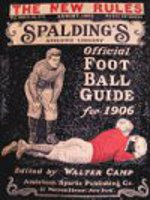Shortly after Jim’s body had been moved to the Rose Hill Mausoleum in Tulsa, one of his sons, Bill Thorpe, wired Governor Murray to protest the removal, stating that it was done without the approval of the deceased’s children. The Shawnee Chamber of Commerce was in an uproar over losing $3,000 that was donated by area residents, but their fund-raising effort for the project hadn’t advance beyond the planning stages. A month earlier, she threatened to move the body if progress wasn’t made and she carried out that threat.
Plans in Tulsa didn’t advance much either. The JayCees considered it briefly but found that there were “too many complications.” In early November, still in 1953, reports came out of Mauch Chunk, Pennsylvania that two neighboring boroughs were considering merging, naming the new municipality after Jim Thorpe, creating a national shrine in his honor, and building a hospital for the treatment of cancer and heart patients (Thorpe suffered from both).
According to Bruce Heydt, managing editor of British Heritage magazine, Patricia Thorpe found her way to Mauch Chunk after meeting with Bert Bell, then the Commissioner of the NFL. She had seen a TV broadcast about Mauch Chunk’s revitalization efforts and Bell was looking for a location for the Pro Football Hall of Fame. They negotiated with Mauch Chunk officials and struck a deal. In addition to the above-named items, the Pro Football Hall of Fame would be located in the newly-incorporated Jim Thorpe, Pennsylvania. Bell died before he could bring the Hall of Fame to Jim Thorpe and it went to Canton, Ohio, the city for which Big Jim had his greatest professional years.
It appears that the town fulfilled its side of the agreement but Mrs. Thorpe and Bell were unable to provide everything they promised. The outcome may have been considerably different had Bert Bell succeeded in bringing the Hall of Fame to Jim Thorpe.
